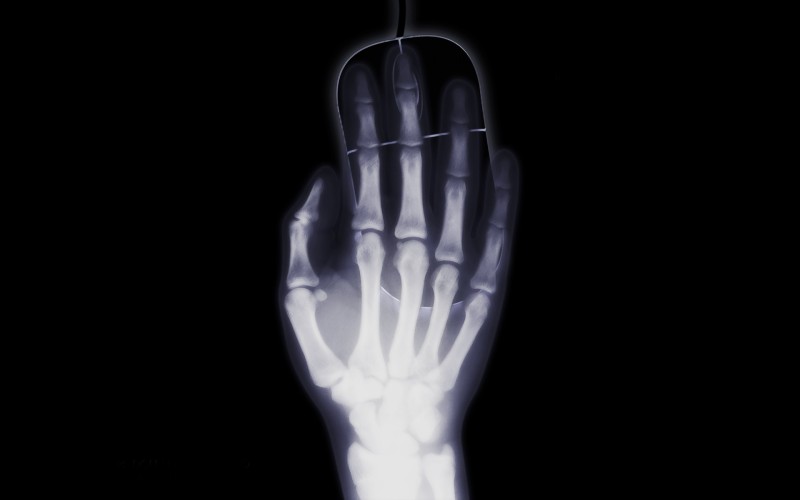Silveray has raised £2.2 million seed funding to cut radiation exposure for X-ray operators.
The University of Surrey spinout is commercialising a new type of highly sensitive direct X-ray conversion material with a wide range of applications from industry to healthcare.
The new material is significantly more efficient at picking up X-rays than the conventional alternative, so fewer X-rays are needed to deliver the same image quality.
This means imaging can be done more quickly – therefore reducing exposure levels for operators or increasing conveyor belt speeds on production lines – and more cost-effectively.
The funding round was led by the UK Innovation & Science Seed Fund (UKI2S). ACF Investors, R42 Group, UK Future Tech Investment (UKFTI), InnovateUK, Cambridge Angels, and SyndicateRoom’s Access fund were also involved.
It will enable the company to expand its team, transfer its technology into new dedicated premises in Greater Manchester and initiate product development. Its first focus will be detecting undesirable inclusions within steel tubes using high-resolution X-rays, working in collaboration with Tata Steel UK Ltd.
The collaboration will be partially funded by InnovateUK, a public body that supports business-led innovation.
“This funding is a major first step towards initiating the development of our first product,” said Dan Cathie, CEO of Silveray. “The funding will allow us to move quickly and hit our product development milestones effectively.
“We aim to have our first demonstrator products with lead customers in the industry by 2023.”
Sam Fennell, partner at ACF Investors, said: “X-ray scanners are such a common technology that we don’t often think of them as an area for innovation.
“But the reality is that the addressable market is huge – far beyond the obvious medical applications, with X-ray equipment critical in a range of sectors from construction to manufacturing.
“Silveray’s technology could play a key role in bringing the world’s oldest imaging technology into the 21st Century.”


